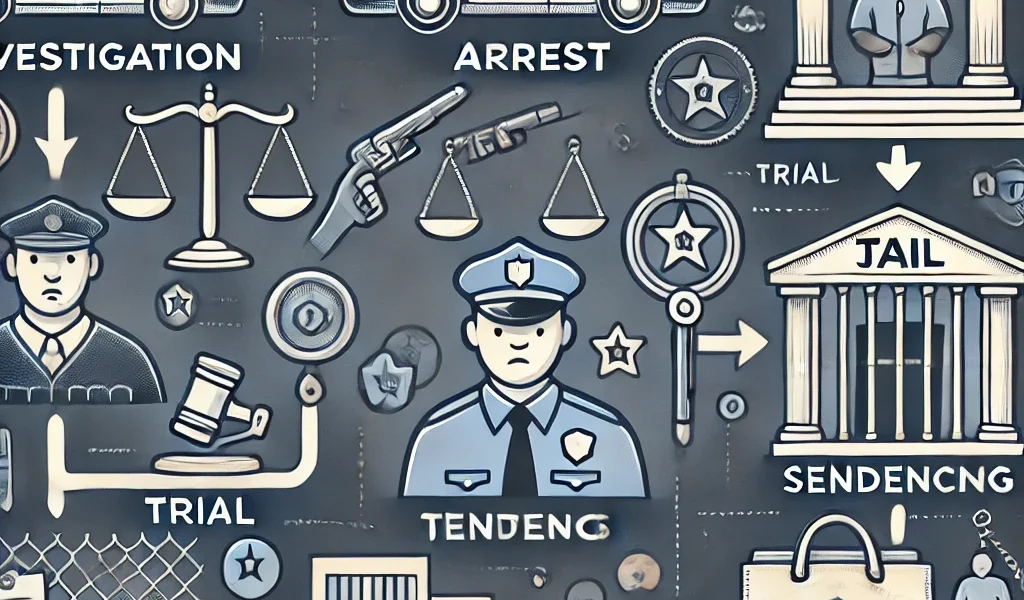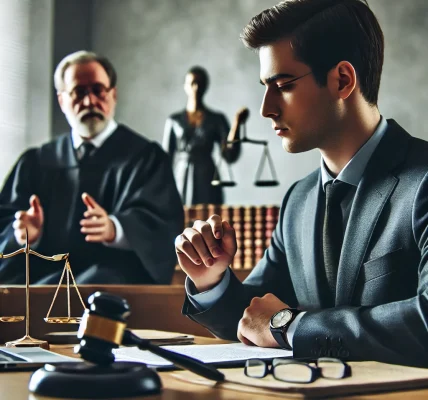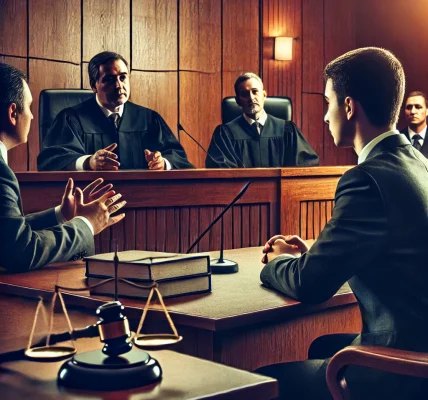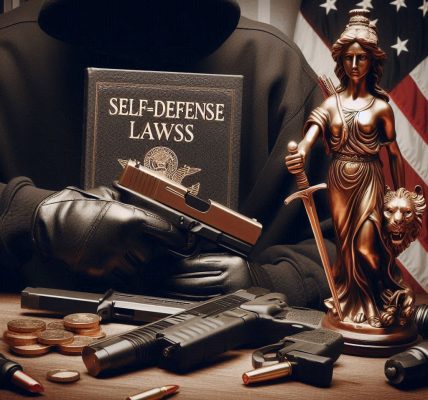The criminal justice system plays a crucial role in maintaining law and order in society. It ensures that individuals accused of crimes receive fair treatment while holding offenders accountable for their actions. Whether you are a law student, a legal professional, or someone interested in learning more about the process, this guide will walk you through each stage of the criminal justice system.
What is the Criminal Justice System?
The criminal justice system is a structured process used by governments to prevent, investigate, and punish criminal offenses. It consists of various agencies, including law enforcement, courts, and correctional institutions, working together to enforce the law.
Key Components of the Criminal Justice System
The criminal justice system operates through three main components:
- Law Enforcement: Responsible for investigating crimes and arresting suspects.
- Judicial System (Courts): Ensures fair trials and determines guilt or innocence.
- Corrections: Manages individuals who are convicted of crimes through incarceration, probation, or rehabilitation.
Now, let’s break down each stage of the process in detail.
Step 1: Investigation and Arrest
1.1 Reporting a Crime
A criminal case typically begins when a crime is reported to the police. Law enforcement agencies gather evidence, interview witnesses, and document findings.
1.2 Criminal Investigation
Police officers or detectives investigate the reported crime by collecting physical evidence, reviewing surveillance footage, and obtaining witness testimonies.
1.3 Arrest and Miranda Rights
If sufficient evidence exists, law enforcement officers make an arrest. At this point, the suspect is informed of their Miranda Rights, which include:
- The right to remain silent.
- The right to an attorney.
- The right to have an attorney provided if they cannot afford one.
Step 2: Booking and Initial Appearance
2.1 Booking Process
After an arrest, the suspect is taken to a police station for booking. This process involves:
- Recording personal information.
- Taking fingerprints and photographs.
- Conducting a background check.
- Holding the suspect in custody or releasing them on bail.
2.2 Initial Appearance Before a Judge
Within 24-48 hours, the suspect appears before a judge who:
- Informs them of the charges.
- Determines bail conditions.
- Appoints an attorney if necessary.
Step 3: Pretrial Procedures
3.1 Bail and Bond
The judge may grant bail, allowing the accused to be released from custody while awaiting trial. If the person cannot afford bail, a bail bond agent may post bail on their behalf for a fee.
3.2 Arraignment
During arraignment, the defendant:
- Is formally charged with a crime.
- Enters a plea (guilty, not guilty, or no contest).
If the defendant pleads guilty, the case moves directly to sentencing. If they plead not guilty, a trial date is set.
Step 4: Trial Process
4.1 Selection of Jury
For serious offenses, a jury is selected to determine the outcome of the trial. The prosecution and defense attorneys evaluate potential jurors to ensure impartiality.
4.2 Presentation of Evidence
Both the prosecution and defense present their cases through:
- Opening statements.
- Witness testimonies and cross-examinations.
- Submission of physical evidence.
4.3 Verdict and Judgment
After hearing all evidence, the jury deliberates and returns a verdict:
- Guilty: The defendant is convicted and moves to sentencing.
- Not Guilty: The defendant is acquitted and released.
- Hung Jury: If jurors cannot agree, the judge may declare a mistrial.
Step 5: Sentencing and Appeals
5.1 Sentencing
If convicted, the judge imposes a sentence based on factors like:
- The severity of the crime.
- The defendant’s criminal history.
- State or federal sentencing guidelines.
Common sentences include fines, probation, community service, or incarceration.
5.2 Appeals Process
A convicted individual may file an appeal if they believe a legal error affected their trial. If the appeal is successful, the case may be retried or the sentence reduced.
Step 6: Corrections and Rehabilitation
6.1 Prison and Parole
Incarcerated individuals may serve their sentence in jail or prison. Some are eligible for parole, allowing them to serve part of their sentence under supervision.
6.2 Probation and Community Programs
Instead of jail time, some offenders are placed on probation, where they must adhere to strict conditions such as:
- Regular meetings with a probation officer.
- Mandatory community service.
- Drug or alcohol treatment programs.
Conclusion
The criminal justice system is designed to protect public safety while ensuring fair treatment for all individuals. Understanding each step—from investigation to sentencing—can help people navigate the legal system more effectively. If you ever find yourself involved in a legal matter, consulting an experienced criminal defense attorney is always advisable.
By staying informed about your legal rights and responsibilities, you can better protect yourself and contribute to a just society.
SEO Optimization Tips Applied in This Blog:
- Keyword Placement: Used naturally throughout the article (e.g., criminal justice system, criminal defense, legal process, etc.).
- Engaging Subheadings: Helps readers navigate easily.
- User Intent Focus: Provides valuable insights without encouraging illegal activities.
- Readable Format: Short paragraphs, bullet points, and structured flow improve engagement.




